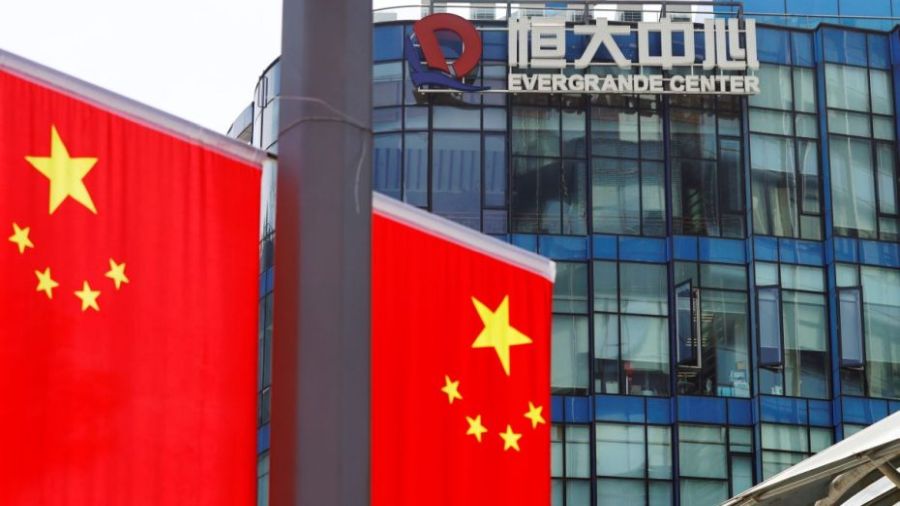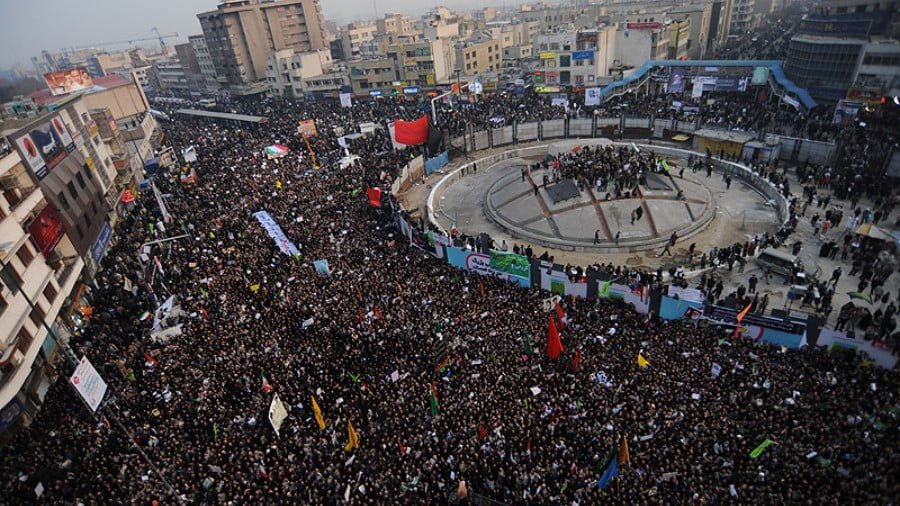Some Basic Calculus in the EU Wouldn’t Go Amiss
Voluntary departure of the Western producers from Russia has enabled the Chinese producers to size up the European market in all its entirety and fill up the vacancies soon enough.
The Council of the EU has passed a new resolution on the restrictions of the Russian oil derivatives imports this month. Whether this measure will cause any disruption or damage on Russian producers or not, how will the decision by Brussels influence the energy security in Europe? Will that help them in their hybrid war against Russia? They have been announcing that resolution much earlier when they passed their resolution on the restrictions of the price of crude oil. This is when the Council encountered a number of opposing critical views within the EU because in doing so new most probably dangerous precedents are being defined, possibly to be abused by other participants in the oil market. The common market principles and market forces as we know them are being ignored and cancelled, the seller’s products prices are being restricted in that the buyer is literally blackmailing the seller now; if they continue applying such new random unfounded rules, it is debatable what this might lead to. European Union and G7 countries are slowly becoming a major obstacle for the unimpeded trade to occur in the global economy. The Russian oil producers have remained untouched as per this issue for a few reasons:
– they have identified new markets in the meantime;
– the oil price is stable.
Even though the price of oil has fallen slightly in the past few months with the prediction to rise again in the second half of 2023, the Russian oil manages to identify its pathways to their buyers in that Russian crude oil is being refined and processed in the territories of the countries acting as the third parties i.e. those which are not EU members. Even the aforesaid EU Resolution allows for the exemption of such cases. They stipulate that it is possible to mix Russian crude oil and some additional ones from other countries and only then to market it on the European market as well.
Once you hear about the whole farcical endeavour, one cannot help but caricature it all ; apparently one canister of crude oil from the third country may well be mixed with the huge cistern from Russia, the resulting derivative is eligible enough as to evade being sanctioned and thus is allowed to be marketed in EU be it in its roundabout ways . India appears to have a key role in all the operations; it emerges as an intermediary in the trade routes supply chains. At present, India holds the third place in the area of oil derivatives exports. It is rather difficult to measure what amount of it comes from Russia There has been a passing comment recently by a political commentator, that it is impossible to measure how many molecules are in fact Russian ones in a barrel of oil. Sadly, all these high officials in the EU and globally are well aware this is happening, with India now being the third biggest importer in the world since they have scarce resources but a monumental market. They can satisfy only 10 to 12 % of their own national oil needs with their own oil. Funnily enough, India emerges as the third biggest exporter in the global market as well.
Now there’s a surprise for ya! In the past year India has increased its import of Russian oil by 33 times, which has never happened in the history of oil and energy trade. The same trend has continued in January 2023 with an upward trend. India imported 1 200 000 barrels of oil in December 2022 and 1 700 000 barrels in January 2023. India succeeds in satisfying 1/4 of its oil needs by importing Russian oil and it then exports oil derivatives mostly to the USA, South Korea, Singapore and Australia and also to France, Germany, Belgium and the Netherlands in Europe. Russian oil is surely managing to meander its way towards its buyers by its roundabout route via India by being refined into derivatives there. So regardless of EU sanctions, it reaches the EU nonetheless. All in all, all the clown shows in Brussels as for the sanctions against Russia seem to be farcical. The EU and U.S. officials are fully aware of it but they turn a blind eye to it all. This resolution by the Council of the EU seems to be indicative enough in that it even made an exemption about said oil derivatives. What impact will this resolution by the Council of the EU have and what will the energy security in the EU look like soon? Will that help or hinder their hybrid war against Russia?
According to recent statistics, the EU has invested 800 billion euros in the energy security sector. Some of these projects are related to the Green Deals but the bulk of the funds was allocated to the energy security projects to buy reserves and their warehousing and to purchase energy supplies at exorbitant prices. For instance, only Germany paid 230 billion euros. For the time being, there is no economic forecast as to how this will reflect in the energy stability in the EU in the forthcoming period and the euro currency. It remains a mystery whether they have had to make use of the primary money issuance. One has to draw conclusions that the EU will be facing dire consequences and this will be most detrimental in their hybrid war against Russia. They jumped on their anti-Russian rhetoric bandwagon yet again. Now they have to flog that dead horse and prove to their resentful populace that their prior rationale was justifiable and sustainable in the long run. Their main goals to damage Russia have failed whilst spending exorbitant sums of money from the EU coffers. Additionally, they have lost their competitiveness in the global market. Completely opposite processes are happening in India and China with the available access to Russian oil at enviably low prices
Meanwhile Russia and China couldn’t care less about their haters. In the Russian city of Kaliningrad a new car production started working within the enterprise Avtotor, which used to do the mounting of the BMW cars before the sanctions were imposed. No sooner had the Western giant car companies started leaving the Russian market due to the sanctions, than that niche was quickly filled up by the Chinese, though the Chinese plans are incomparably more ambitious. BMW, Hyundai and KIA mounting of the cars used to be done in Avtotor company in Kaliningrad, Russia but in 2022 it was halted because all the contracts were cancelled with the Western partners. But then Avtotor signed new contracts with three Chinese producers in August 2022. The first brand Kaiyi was started in January 2023. Avtotor higher corporate management says they are planning up to 100 000 cars in import of this and other makes.
A very similar situation is in other Russian giant enterprises. Chinese producers are filling up the vacant niches held by their Western counterparts. The Russian government continues to stimulate domestic producers and to reinforce production within Russia and all the operating processes are being transferred to the Russian territory. China, unlike their former Western partners does not impose any political demands and ultimatums and certainly is a reliably predictable business partner. Thus Russia and the rest of the world, other than the Collective West, welcome China with open arms. Leadership is the goal – both Russia and China reiterate. Japan used to be the biggest car exporter but also a huge challenge for the U.S. export industry. China is nowadays a great challenge for everybody: for the USA, for Japan and for Germany. Since 2020, Chinese car exports have increased three times. Last year it was 2.5 million cars. That is 60 000 cars less than the German export.
However, one cannot help noticing that the German export is on its downward trend though that of China is on the increase. One should bear in mind that Germany helped herself to cheap Russian gas for quite a long time. Now that very same gas goes to China and in so doing it steadfastly secures its strategic competitive advantage. China has a goal to export 8 million passenger cars by 2030, which is two times bigger than the volume of Japanese supply. It is not a coincidence that the mounting of a number of car makes will be performed in Kaliningrad.
The Russian market for China is not big. Though, Chinese priority is the aforesaid European market. China is positive that in the foreseeable future the relations between Russia and EU will get back to normal again and the Chinese cars mounted in Russia will reach the European market as well. All of this might sound rather unconvincing but the Chinese know how to patiently wait for the right moment and think strategically. Regardless of the way, the future processes and international relations develop further. Voluntary departure of the Western producers from Russia has enabled the Chinese producers to size up the European market in all its entirety and fill up the vacancies soon enough.







